What is zeolite dishwasher drying?
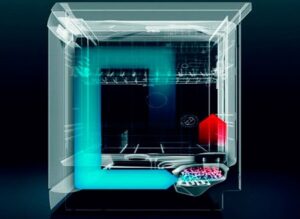 The household appliances industry does not stand still, and innovative units and functions appear every now and then. For example, you can increasingly come across the phrase “zeolite drying in a dishwasher.” They say that this type of drying is much better than the condensation drying that we are used to. Moreover, machines with zeolite drying are supposedly less subject to wear. Let's approach the issue analytically and analyze the features of zeolite drying.
The household appliances industry does not stand still, and innovative units and functions appear every now and then. For example, you can increasingly come across the phrase “zeolite drying in a dishwasher.” They say that this type of drying is much better than the condensation drying that we are used to. Moreover, machines with zeolite drying are supposedly less subject to wear. Let's approach the issue analytically and analyze the features of zeolite drying.
Features of zeolite drying
The word zeolite is intuitively associated with some kind of stone, and in this case our intuition does not let us down. Zeolite is a special mineral that has the property of accumulating and releasing heat when moisture comes into contact with it. The zeolite drying mechanism in a dishwasher is designed as follows:
- in the tray of the dishwasher there is a special container filled with zeolite;
- during the process of evaporation, water from the dishwasher flows into this tank;
- upon contact with moisture, the zeolite heats up;
- The heat generated rises back into the dishwasher, heating it and drying the dishes.
Attention! You may notice that when you open the door of a dishwasher with zeolite drying, no steam escapes from the chamber.
The question immediately arises whether zeolite can lose its ability to accumulate and transfer heat over time. The answer is clear - no. The structure of the mineral is designed in such a way that it can retain its properties indefinitely.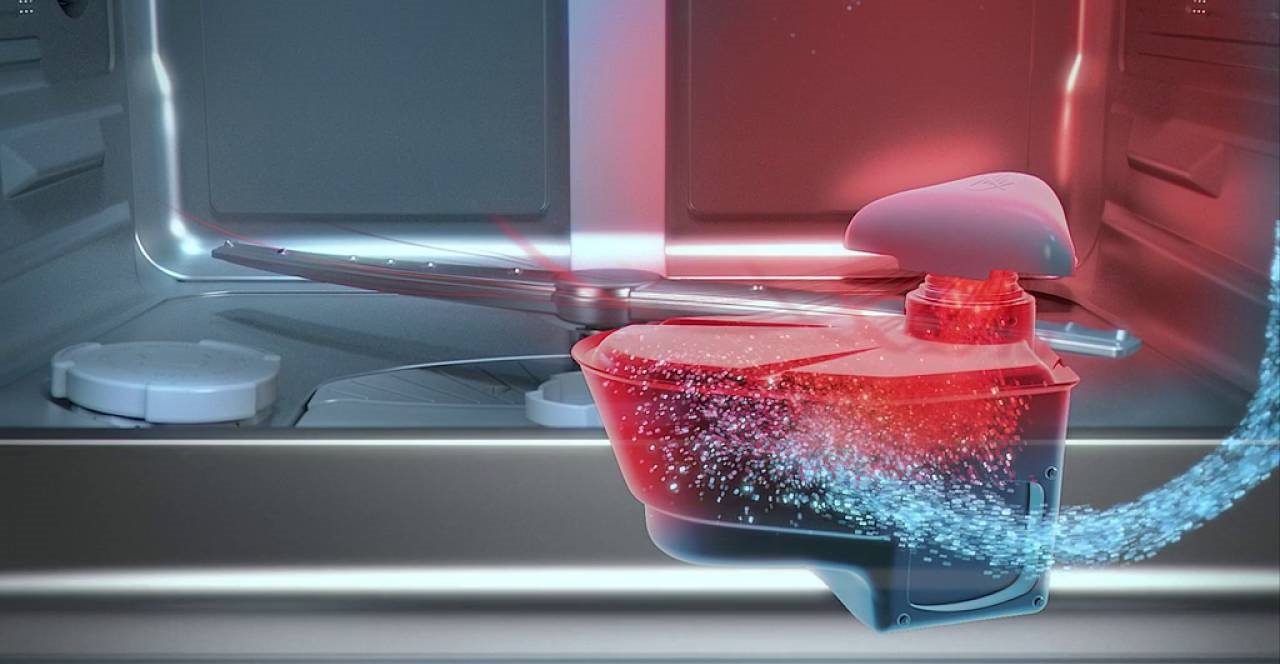
A huge disadvantage of dishwashers with zeolite drying is that so far they are presented only in the luxury segment and are quite expensive. At the moment, a very narrow circle of users can afford them. However, over time this problem should be resolved.
What other types of drying can be done in PMM?
In addition to zeolite drying, the article also mentioned condensation drying. This method is entirely based on the condensation effect, and due to this it is one of the simplest drying methods. Its only significant drawback is its length of time. The essence of such drying is that moisture from washed dishes condenses onto the walls of the dishwasher and flows down from there in drops. Those who do not lack time are quite satisfied with this type of drying.
In addition to zeolite and condensation drying types, there are several others.
- Turbo drying. This type of drying process uses a device similar to an ordinary fan. This method is much faster than condensation (hence, most likely, its name), but still takes some time. No need to think that in a matter of seconds you will get completely dry dishes. Another name you may come across for this type of drying is convection drying. The principle of operation is very simple: the air inside the dishwasher is artificially heated, and then, using a fan built into the system, it is blown onto the washed dishes, which helps them dry quickly. The main disadvantage of such drying is the increased energy costs, since it is consumed during the entire operating cycle of the dishwasher.
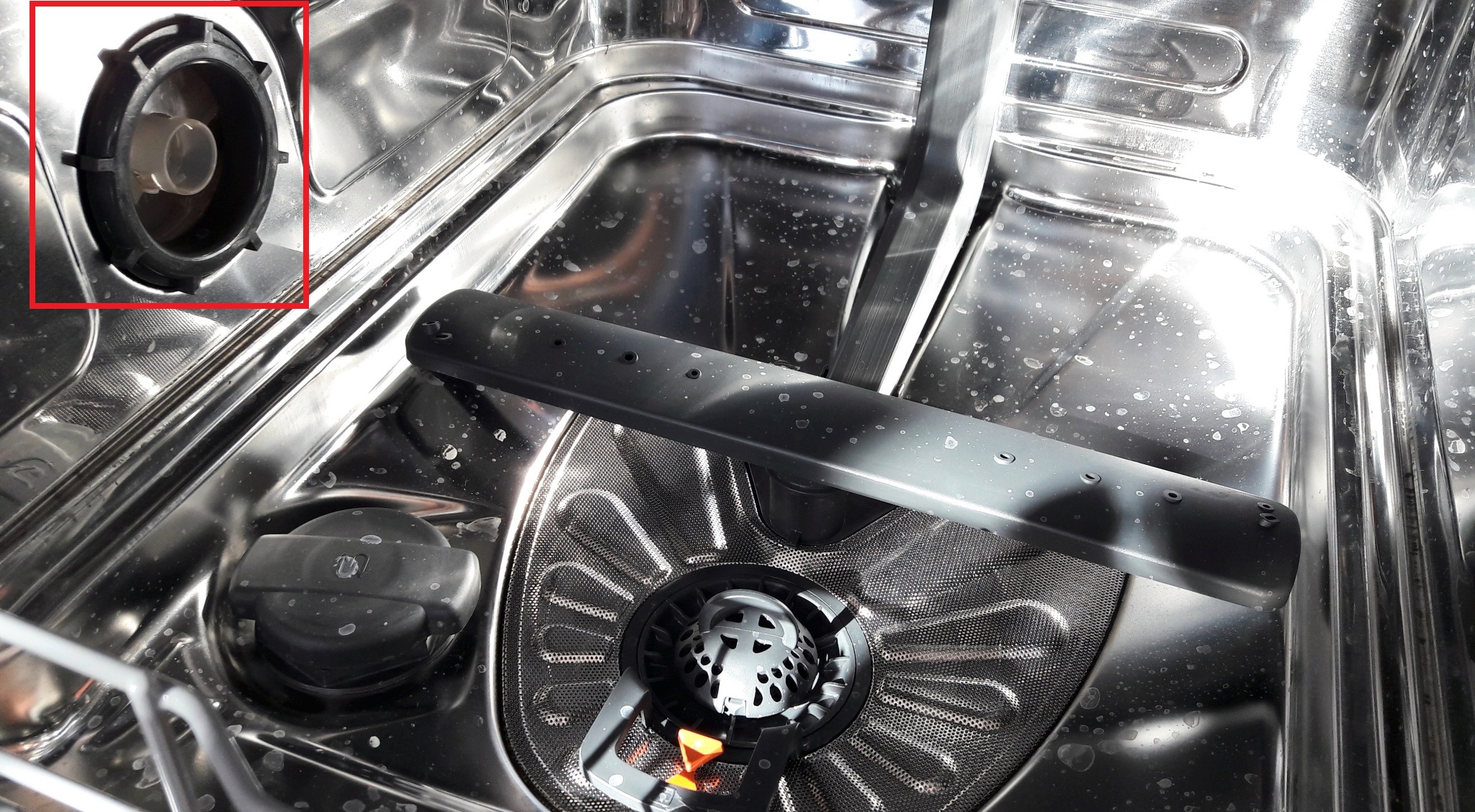
- Something in between turbo drying and condensation drying is heat exchange drying. The principle of its operation is based on pressure difference. The heat exchanger, located around the body of the dishwasher, contains a complex cavity inside.Cold water, like melted ice, constantly circulates there. At the same time, the machine itself and its body heat up during operation and generate heat. It is known that high-temperature substances weigh less than low-temperature substances, and this difference gives rise to a pressure difference. A device is installed next to the heat exchanger that collects air and then distributes it in enhanced flows, which dry the dishes. In terms of duration, this method is slightly faster than condensation and slightly slower than turbo drying.

- Static drying is called so because the dishwasher does not have special technology specifically for drying dishes. It is washed in very hot water, during the process the air in the chamber is heated, and then the washed dishes are left to dry from the remaining heat. Moisture condenses on the walls of the chamber and flows down. This has the same disadvantage as the condensation type of drying - it is too time-consuming.
- There is even intelligent drying, which involves the presence of a special touch sensor in the dishwasher. It measures the humidity and air temperature in the room where the unit is located. Depending on this, the method of drying the dishes is selected. For example, if the room has tropical humidity, the dishes will be blown with a powerful stream of air, and if the room is cold, then during rinsing the water will become hot, which will then help dry the dishes in a shorter time.
Of course, machines with intelligent drying are very rare and expensive, and so far only a very small number of people can afford them. But again, when innovations become firmly established in our lives, they cease to be innovations and, accordingly, begin to be widely sold and cost less.So you just need to wait a little.
Interesting:
Reader comments
- Share your opinion - leave a comment
Categories
Washing machine repair


For buyers

For users

Dishwasher


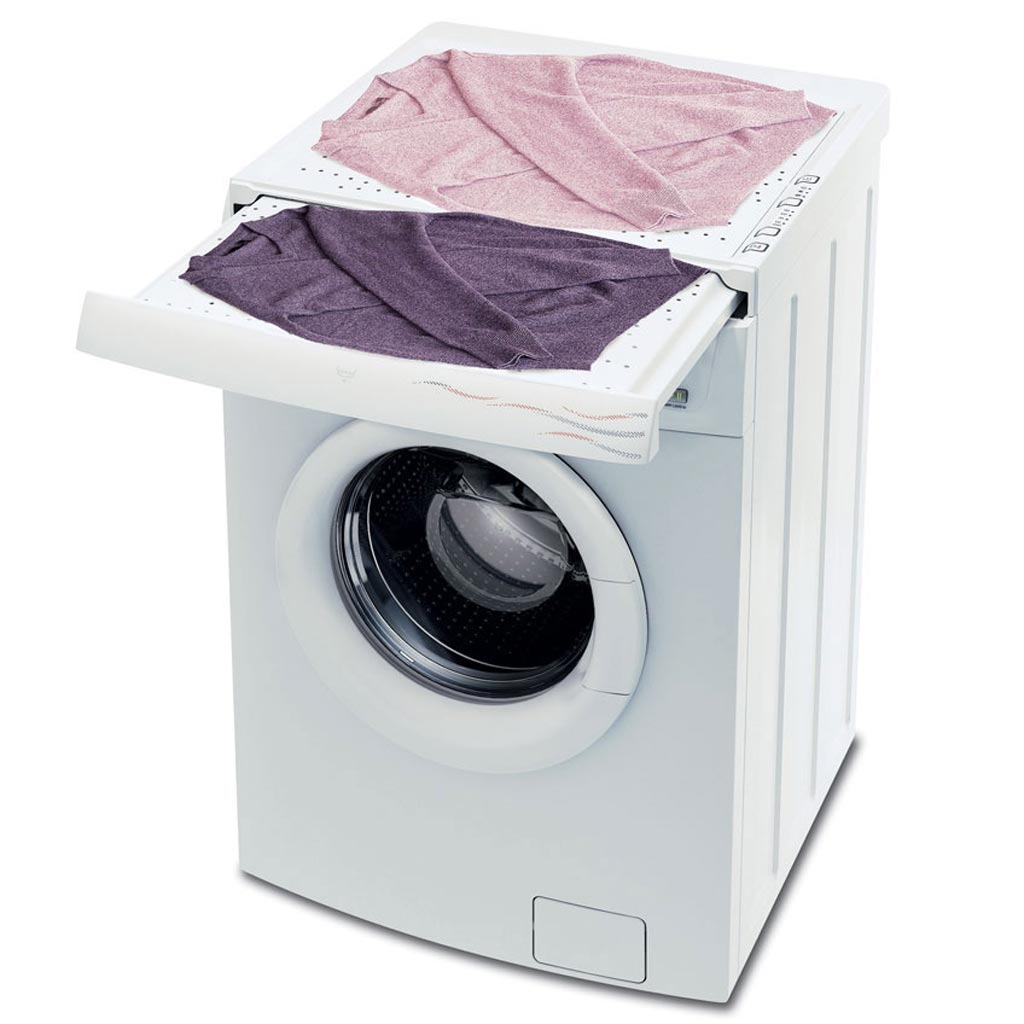
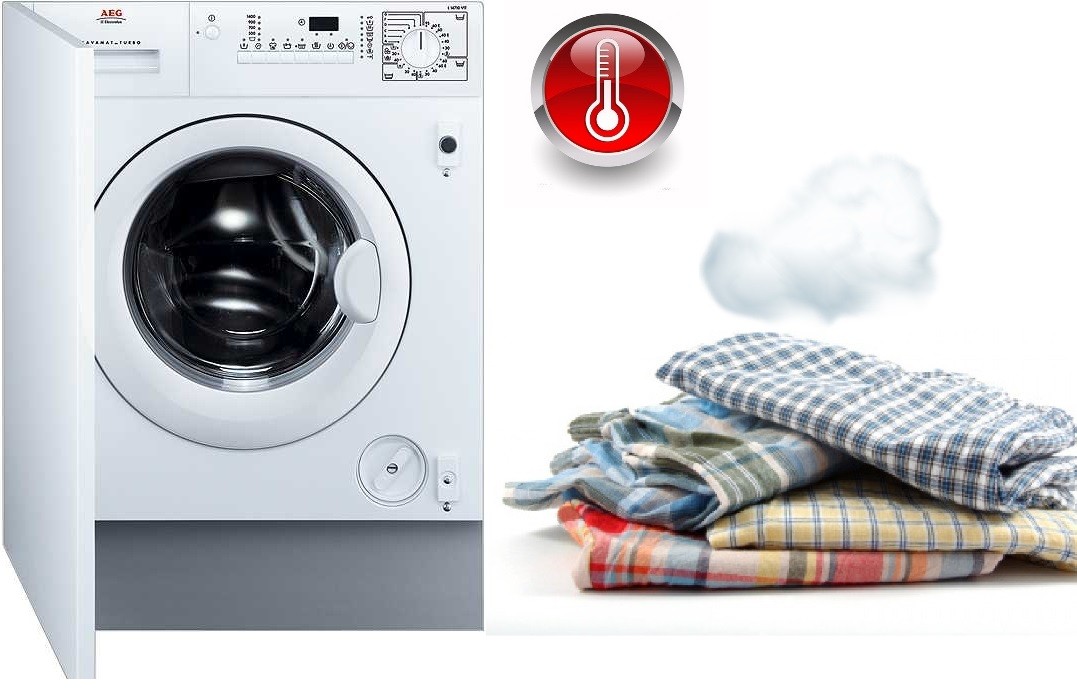


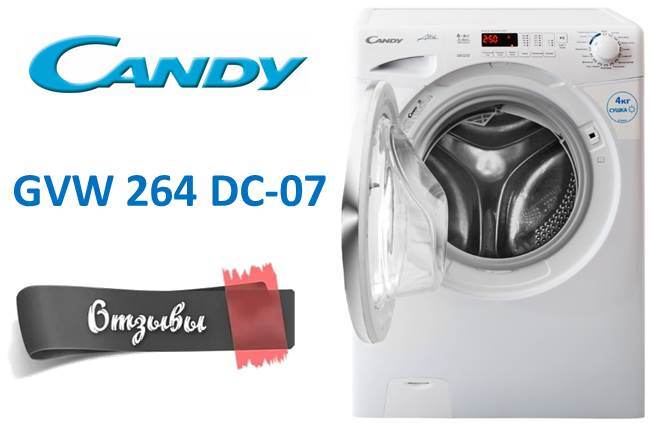










Add a comment